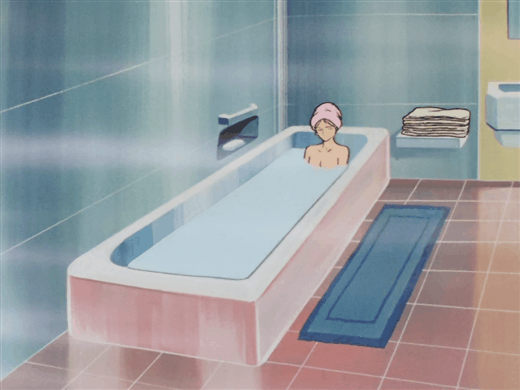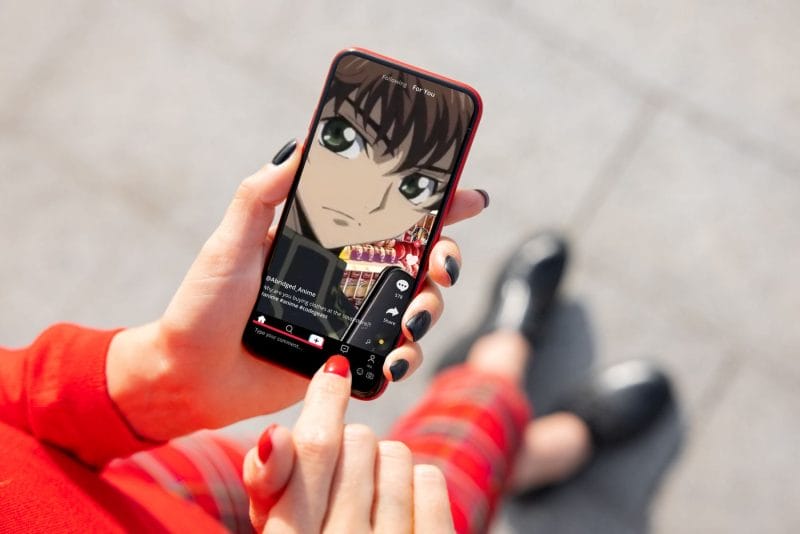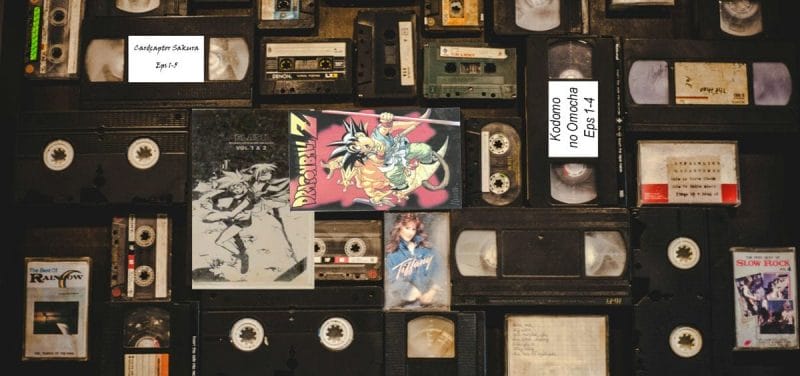Since as early as the 1950s, mecha anime have captured our hearts and imaginations. Since then, the genre has grown and evolved by leaps and bounds, accruing an immense and diverse cast of female characters in the process. Among their ranks have been numerous characters who pushed back against the stereotypes that so are frequently used to hold women back. Though many characters have been enshrined as icons, few are more pivotal than Sayla Mass and Lynn Minmay, who represent both ends of the character spectrum—from the fighter to the lover.
As in most anime genres, representation of women can be spotty, to put it lightly. Many anime stumble into well-trodden stereotypes of maidens in distress or motherly characters who primarily exist to placate the male characters’ needs. There’s also the rampant hyper-sexualization of women in anime, of which Mecha is certainly not innocent. And, of course, fridging women to push forward a man’s character development. That said, mecha also stands out as having a rich history of portraying women on the battlefield, going toe-to-toe with their male counterparts.

Though not the first of its kind, many consider Mobile Suit Gundam a seminal work of mecha fiction, particularly within the “Real Robot” subgenre. For the uninitiated, there are two main groups of Mecha anime: “Super Robots” such as Mazinger and Getter Robo, and “Real Robots’ such as Patlabor and Robotech. Super Robots are frequently unique, overwhelmingly powerful creations unrestrained by the limits of reality. Moreover, they are often able to combine with other robots to create one massive super robot, such as Voltron from Voltron: The Legend Begins. In contrast, Real Robots are presented as more realistic weapons of war, generally mass-produced like the VOTOMS of Armoured Trooper VOTOMS. Some shows don’t slot neatly into either of these categories, but they are useful terms for describing trends in a general sense. Mobile Suit Gundam is firmly in the Real Robot category. The robots, termed ‘Mobile Suits’, are mass-produced for battle between the Earth Federation and Zeon, and their use is justified by in-universe science—the Minovsky particle, which made long-distance battles impossible and necessitated the use of Mobile Suits in battle.
Directed by Yoshiyuki Tomino, Mobile Suit Gundam is a series that saw its original run shortened early, before going on to become an industry behemoth. And from the beginning, Gundam’s ensemble featured many important women. They ranged from kind-hearted, like Mirai Yashima and Fraw Bow, to downright evil, like the scheming Kycilia Zabi. Most notable is Sayla Mass, the sister of antagonist Char Aznable and the second person to ever pilot a Gundam in battle. Initially a hapless but determined pilot, she slowly became an indispensable soldier.
The topic of women on the battlefield was, and is, a subject of debate. The role of women on the sidelines supporting the men in battle is a trope often seen in media. Despite this, women have historically always had a presence on the battlefield, which they often had to fight for. Whether through pretending to be a man or by accepting the worst position, battles as recent as World War II saw women fighting to be on the front line. Anime reflects this cultural hesitation; many mecha avoid including women in battle or restrain their presence to administrative tasks. Sayla was originally cast into the latter role as the White Base’s communication officer, and only through disobeying her captain did she get the chance to pilot the Gundam. Her uphill battle to fight, while fictional, mirrors the many trials of real women trying to break into roles usually filled by men. This portrayal remains relevant today, with sexism still barring women from jobs and opportunities based on their gender and nothing else. Decades on, she remains a fan favourite—but not just for her piloting skills.

In a strange twist of fate, Mobile Suit Gundam’s release had an unexpected effect. The anime features scenes of both men and women nude in the shower, but a scene of Sayla bathing had an explosive effect on the burgeoning hentai genre. In 1980, OUT Magazine printed an illustration of the scene which made copies fly off the shelves like never before [1], and many viewers took photographs of the infamous scene during the cinema release. While relatively chaste by today’s standards, Gundam’s women had a powerful impact on audiences and (allegedly) influenced the beginning of the notorious anime Cream Lemon [2].
The mecha genre is much broader than just Mobile Suit Gundam. Gunbuster, Code Geass, Aura Battler Dunbine—there are a plethora of shows that highlight female characters as strong, capable people. And not just as pilots, but as captains, commanders, friends, and family. Some shows even explicitly bring gender to the forefront of discussion.
Super Dimension Fortress Macross is all about the importance of love, and how men and women treat each other. In the original Macross series, the main antagonists, known as Zentradi, forbid culture and love, and segregate men and women to prevent love from blossoming between them. Heteronormativity and gender binary aside, the ideals of Macross were that men and women were both important, and it was the love and respect each gender showed to the other that made humanity superior to the cold, cultureless Zentradi. It also gave the world the best fictional idol ever, Lynn Minmay. What’s not to love?

To me, Lynn Minmay represents the flip side of the coin in regards to female representation. Though she does not take up arms, herself, Minmay is a pivotal character whose desires are taken seriously, and whose presence in the plot is ineffaceable. Her songs confuse the Zentradi and, in the Macross compilation movie, Do You Remember Love?, ultimately end the battle and save the day. She speaks to a different side of feminine representation – one in which the stereotypical aspects of women are encouraged, legitimised, and shown to be important. Where Sayla had to play the ‘man’s game’ in order to make a difference, Lynn uses her sensitivity and empathy. Neither representation is reductive of the other. Rather, they both show that women don’t always fit into the stereotypes we assign them, and that when they do, that should not detract from the value of those attributes.
Today we have more choices than ever for where to get our mecha kicks, and countless well-written female characters to admire. From Darling in the FranXX to Neon Genesis Evangelion, there’s a show for everyone, and each show has a range of women to appreciate. It’s not just in-universe women we should be appreciative for, either. Yoshiyuki Tomino has stated in interviews that the very first Gundam fans were young women [3], and “Gundam is a work that began with their support.” [4] Similarly, we have female fans of Gundam to thank for a variety of Boys’ Love doujinshi. “Charma” (the name for the ship of Char Aznable and Garma Zabi) was a popular doujinshi choice in the 1970s and ‘80s [5], so much so that it crowded Comiket [6]. In many ways, we have the passion of female fans to thank for the popularity and endurance of our favourite shows.
At the end of the day, most characters fall prey to reductive stereotypes. Neither Sayla Mass nor Lynn Minmay are free from real-life presumptions, and their writing reflects this. Nonetheless, they represent just how wonderfully varied and deeply thoughtful the women in our favourite Mecha anime are. Sayla and Lynn are shining examples of why gender-based pigeonholing can only hold women back.
References
- [1] https://ja.wikipedia.org/wiki/%E6%9C%88%E5%88%8AOUT
- [2] https://ja.wikipedia.org/wiki/%E3%81%8F%E3%82%8A%E3%81%84%E3%82%80%E3%83%AC%E3%83%A2%E3%83%B3#cite_note-1
- [3] https://comicbook.com/anime/news/gundam-creator-yoshiyuki-tomino-gatekeeping-debate-drama/
- [4] https://twitter.com/tayuta0079/status/1350487287252086786
- [5] https://twitter.com/umedachanka/status/1309252659979976705
- [6] https://twitter.com/umedachanka/status/1380640224276049924












